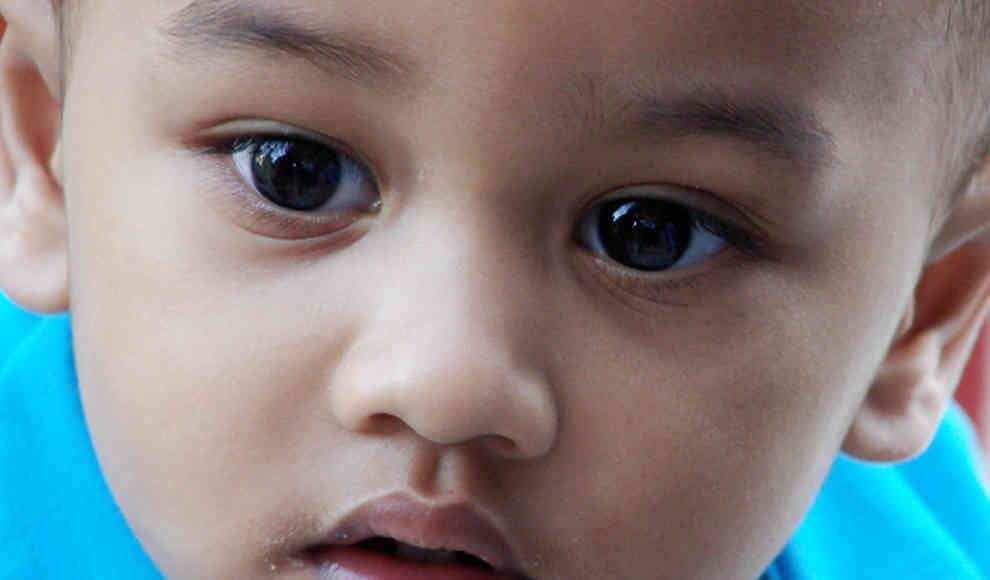New research from the University of Pennsylvania in Philadelphia has revealed that young children learn language in a much more creative way than previously thought. The study found that two-year-olds combine words freely and do not simply repeat them. The research, published in the Proceedings of the US National Academy of Sciences, challenges the traditional view that children learn language through imitation.
The study’s author, Charles Yang, analysed nine extensive datasets of two-year-olds learning to speak and compared them to a text corpus consisting of 500 texts. He found that children often choose one article over another when combining articles and nouns. Yang also created a model of how children would combine articles and nouns if they were only repeating the word pairs of their caregivers. However, the model did not produce nearly as many combinations as the children actually used in their language.
The results of the study contradict the common belief that children learn language through pure imitation. Yang suggests that while memory plays a role in language acquisition, it cannot replace the combinatorial power of grammar. The study’s findings have important implications for language learning and teaching, as they suggest that children may benefit from a more creative approach to language instruction.
In conclusion, the study shows that young children learn language in a much more creative way than previously thought. The research challenges the traditional view that children learn language through imitation and suggests that children may benefit from a more creative approach to language instruction. The study’s findings have important implications for language learning and teaching, and may lead to new approaches to language instruction that emphasise creativity and flexibility.










